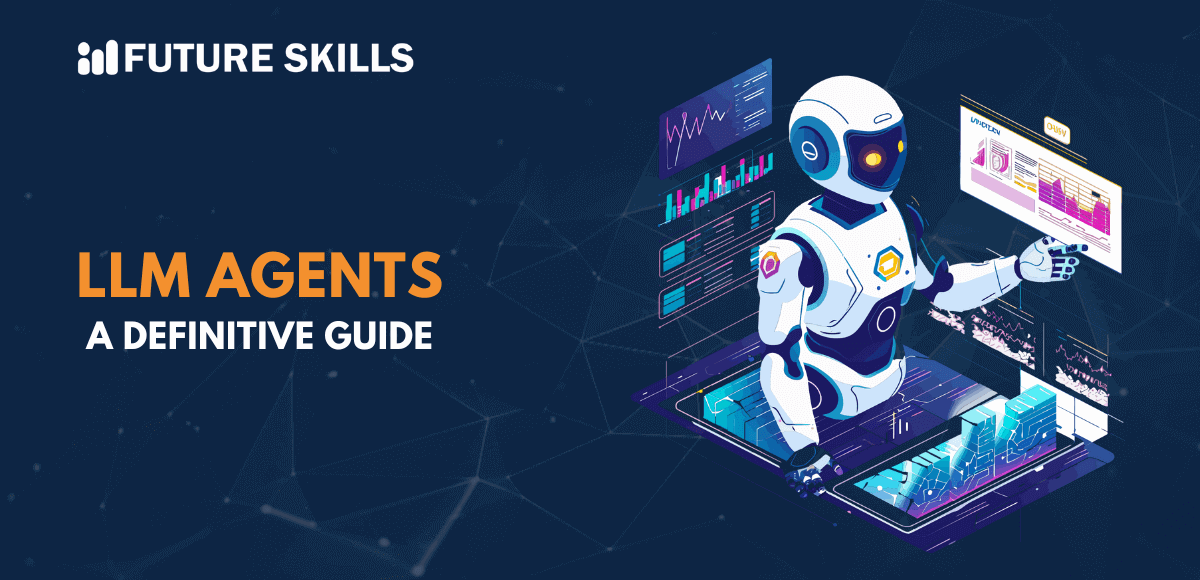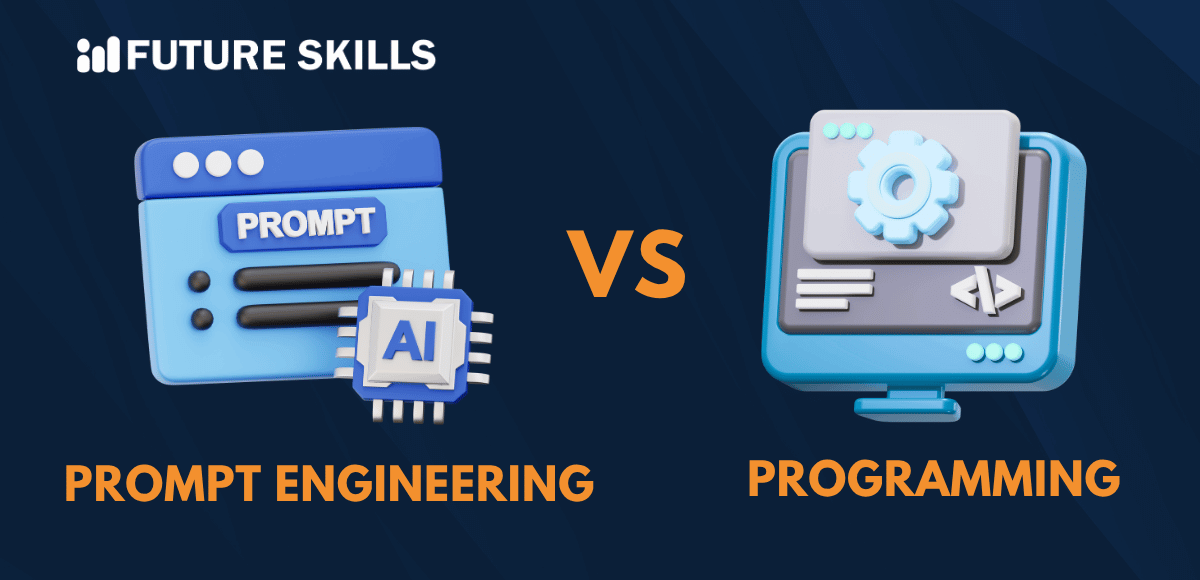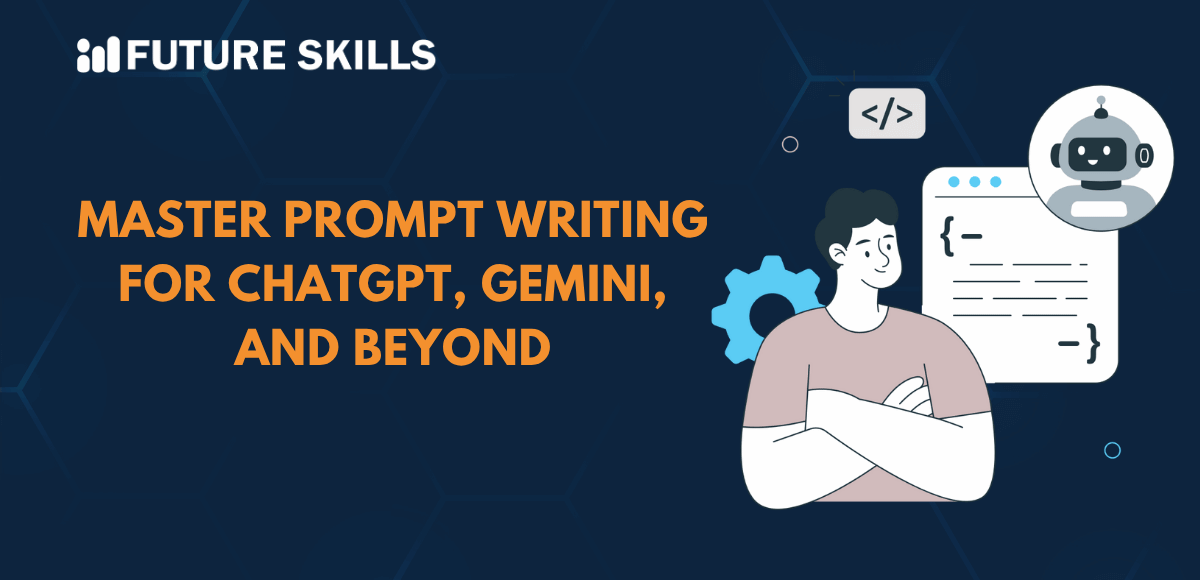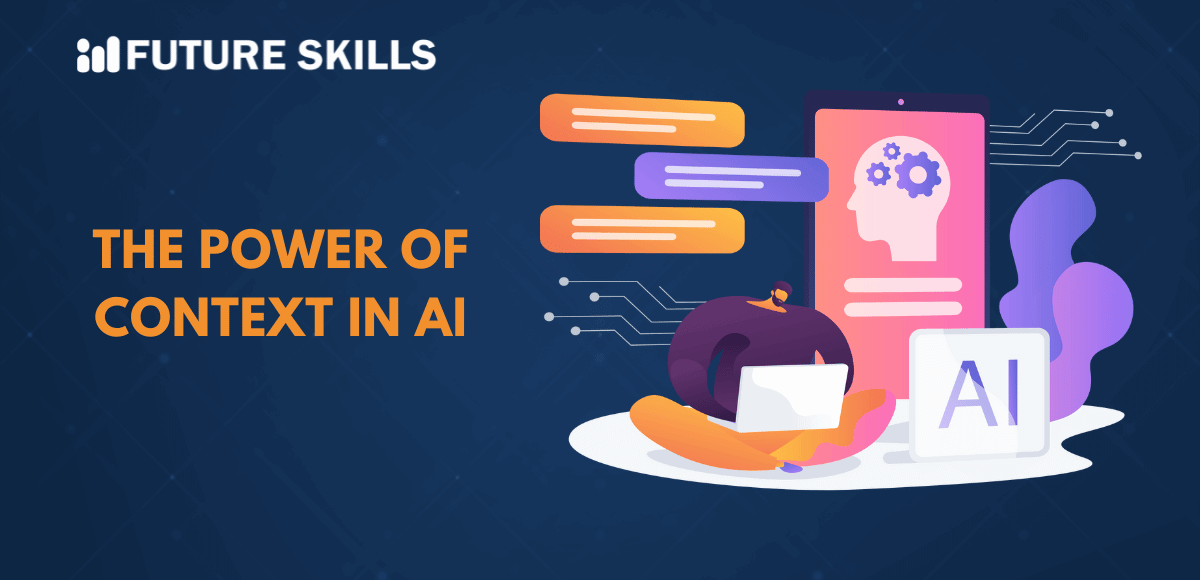Large Language Model or LLM applications have become the most popular trends in the AI landscape for their unique functionalities. You might wonder about the necessity of a LLM agents guide when LLMs are capable of answering user questions in any domain. LLMs with an effective retrieval augmented generation or RAG pipeline can answer different questions by deriving data from training datasets.
However, LLMs might encounter certain queries that require planning, the use of different tools, the breaking down of a question into smaller subsections, more memory, and tailored focus. The combination of all these elements gives the foundation for creation of LLM agents. Let us learn more about LLM agents, their components, and use cases alongside the tools used to create LLM agents.
Learn how to use prompts correctly and level up your AI skills with our accredited Certified Prompt Engineering Expert (CPEE)™ Certification.
Fundamentals of LLM Agents
The first thing you would need to learn about LLM agents is the fundamental concept that dictates their design. You can use the answers to “What are LLM agents?” to gauge the potential of LLM agents for revolutionizing the use of LLMs. In simple words, LLM agents are systems that leverage an LLM for reasoning through a problem and creating a plan to address the problem.
An LLM agent also facilitates execution of the plan with the help of different tools. Agents have complex reasoning capabilities, resources for the execution of tasks, and the memory required to support the tasks. The working of LLM agents extends beyond the tasks of simple text generation as they can continue conversation threads, recall previous interactions, and modify responses.
What are the Core Components of LLM Agents?
The best way to understand the functionalities of LLM agents involves identifying their core components. You would find four core components in LLM agents that play a crucial role in defining their functionalities. The following components serve as the lifeblood of LLM agents and their impressive features.
-
Agent Core
The foremost component in autonomous LLM agents is the agent core. It is the fundamental component developed around the basic LLM model, such as GPT. The LLM agent core also serves as the destination for defining the goals of LLM agents alongside the relevant memory and tools used for them.
The agent core also helps with definition of the agent’s persona by using carefully designed prompts and instructions to guide its behavior and responses. It is important to note that the design of the prompts ensures encoding of the identity, objectives, behaviors, and expertise of the agent. As a result, you can find a clear impression of its persona and understand its significance in different user interactions.
-
Memory Modules
Memory modules are another crucial component in the framework of LLM agents for their distinctive functionality. The working of LLM agents revolves around developing contextual understanding and retaining information as time progresses. Any LLM agents guide would highlight the necessity of short-term and long-term memory systems in the memory module. In addition, the memory module may also include support for hybrid memory by combining the features of short-term memory and long-term memory systems.
Short-term memory modules are ledgers of the actions and thoughts of an agent, similar to a train of thought during real-time responses to user queries. Short-term memory also helps agents maintain a better understanding of the context in the current interaction, thereby offering coherent and seamless communication.
Long-term memory modules have a collection of actions and thoughts on events between users and the agent. It includes the conversation history that spans weeks or even months. The long-term memory modules improve the ability of LLM agents to offer personalized responses.
Hybrid memory modules for large language model agents blend the benefits of short-term and long-term memory modules. These modules can enhance the cognitive abilities of the LLM agent.
-
Tools
The next crucial component of LLM agents points to tools, which may be external resources, APIs, or services. LLM agents can utilize the tools to enhance their capabilities or perform specific tasks. On top of it, the tools can also work as supplementary components to enhance the functionality of an LLM agent. Some of the prominent examples of tools used in LLM agents include external models, databases, and knowledge bases. For example, LLM agents can use a code interpreter to resolve programming setbacks or API services for internet searches.
-
Planning Module
The answers to “What are LLM agents?” also draw attention to one of their most important components, the planning module. You would need nuanced approaches to deal with complex problems, such as answering a layered business question. LLM agents use the blend of two techniques to address complex problems.
The two techniques include task and question breakdown and reflection on the possible responses. In the planning module, LLM agents focus on breaking the problem into smaller tasks. Subsequently, the agents also use reflection to improve the responses and reasoning capabilities of LLMs. Interestingly, the techniques can also help in refining the execution plan of the agent.
Learn the essentials of crafting effective prompts for Large Language Models with our guide on basic prompt examples for LLMs.
What are the Popular Variants of LLM Agents?
The discussions about LLM agents also draw the limelight on different variants of LLM agents. You can come across different types of LLM agents, such as conversational agents, creative agents, task-oriented agents, and collaborative agents. The different autonomous LLM agents serve unique functionalities. For example, conversational agents are ideal for natural language interactions with users to provide information or answer their questions.
Creative agents can generate original content, generally used for creative purposes such as writing, generating artwork, or music. Task-oriented agents work on specific tasks with pre-defined objectives in mind. Collaborative agents work with humans to accomplish shared objectives or tasks. You can use them for communication and coordination between humans and machines or between team members.
How Do LLM Agents Work Autonomously?
The impressive functionalities of different types of LLM agents create curiosity regarding the ways in which they work autonomously. One of the notable aspects in any LLM agents guide is the possibility of setbacks in every LLM. Therefore, the LLM agent works on improving the responses of an LLM and its ability to work independently.
It is important to note that the autonomy of LLM agents depends on the interaction between agents who prompt each other in a system. Autonomous capabilities in LLM agents emerge from the continuous guidance offered by a dedicated supervisor agent. The advantages of continuous prompting encourage improvements in autonomous decision-making and reasoning.
What are the tools used to Build LLM agents?
You can come across different types of tools that help you develop LLM agents. The LLM agents LangChain relationship is the best example of using an open-source framework for advanced prompting. LangChain is a trusted framework for developing agents based on language models. Some of the other popular tools that you use for developing LLM agents include AutoGPT, GPT Researcher, DemoGPT, GPT Engineer, OpenAgents, and AutoGen.
What are the Most Popular Use Cases of LLM Agents?
The applications of LLM agents have also been responsible for drawing attention to their significance in the continuously evolving AI landscape. Interestingly, you can find a broad range of use cases for LLM agents, including customer service and programming. You can use large language model agents for content creation, personalized education, language translation, research and data analysis, and healthcare assistance. LLM agents can revolutionize the design of personal assistants and the best practices followed in marketing.
What are the Popular LLM Agents and their Use Cases?
You should learn about the popular LLM agents and their use cases to develop a better understanding of their capabilities. The list of popular LLM agents would include VisualGPT, Hearth AI, Lindy AI, ChemCrow, CensusGPT, and Blind Judgement. Each LLM agent serves a distinct functionality, showcasing the breadth of applications of LLM agents.
VisualGPT can link ChatGPT with different Visual Foundation models to enable image exchange during interactions. Hearth AI offers agent-based relationship management functionalities, while Lindy AI works as an AI-powered personal assistant. ChemCrow is an independent AI agent that focuses on chemistry tasks by using LLMs. CensusGPT helps users with inquiries about topics related to census data.
Enroll in our Certified ChatGPT Professional (CCGP)™ program and harness the full potential of ChatGPT. Embark on this career-boosting journey today.
What are the Challenges for LLM Agents?
The task of developing and deploying LLM agents may present some formidable challenges. Even with the flexibility for using LLM agents LangChain development framework, you have to account for issues with scalability and resource consumption. In addition, the elements of bias in responses by LLM agents, alongside limitations on memory and context management, create challenges for LLM agents. Furthermore, LLM agents are also susceptible to security and privacy concerns, such as adversarial attacks or unauthorized access to sensitive information.
Final Words
The LLM agents guide reflected on the different ways in which LLM agents can improve LLM performance. You can think of LLM agents as the most powerful resources in prompt engineering for emerging use cases of AI. The facility of different tools, such as LangChain, to develop LLM agents and their diverse applications opens new avenues for creating more LLM agents. As the AI landscape becomes more diversified, an LLM agent can serve as the ideal tool to improve user experience. Explore new insights on the capabilities of LLM agents and how you can use them to your advantage right away.






